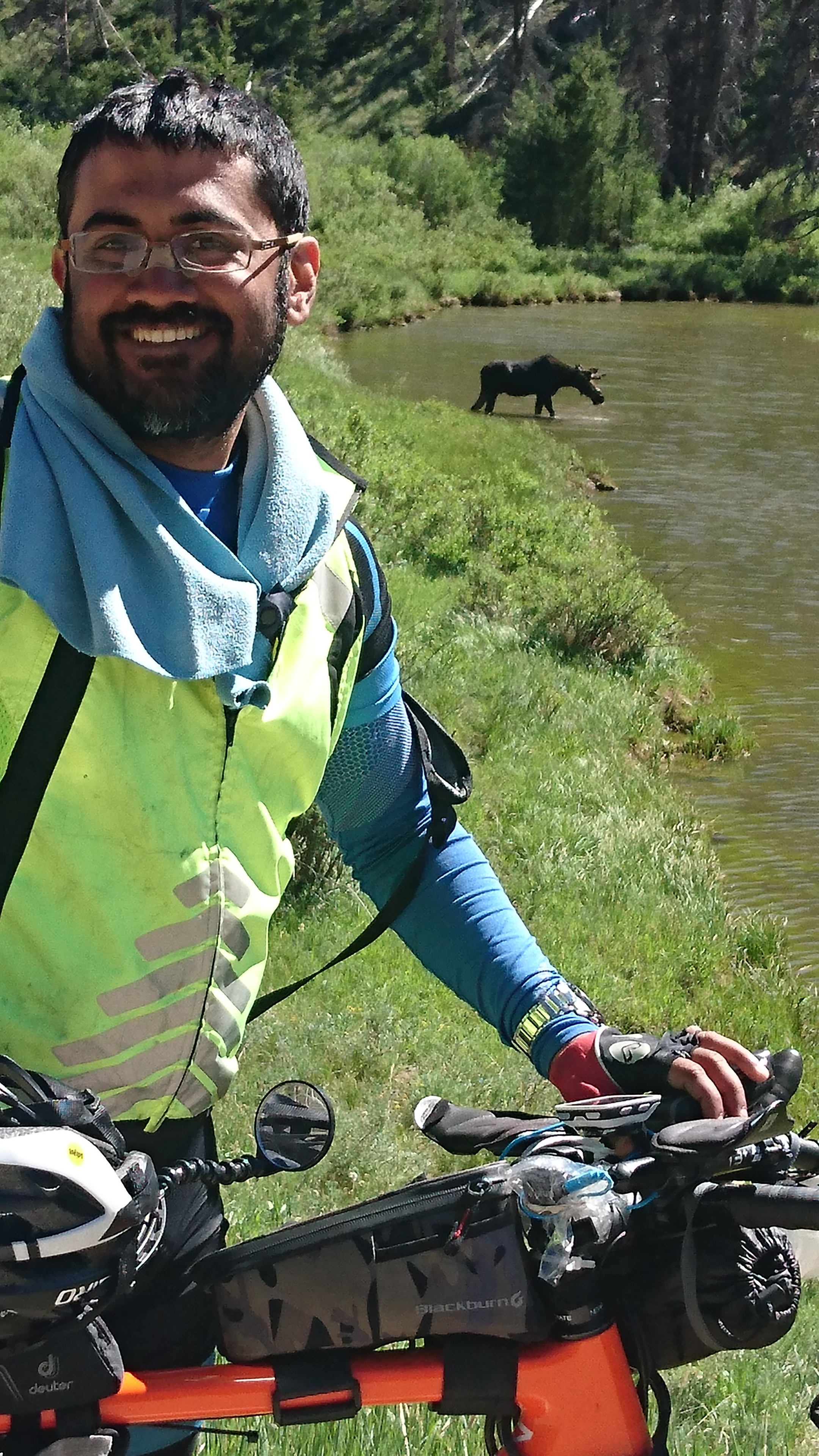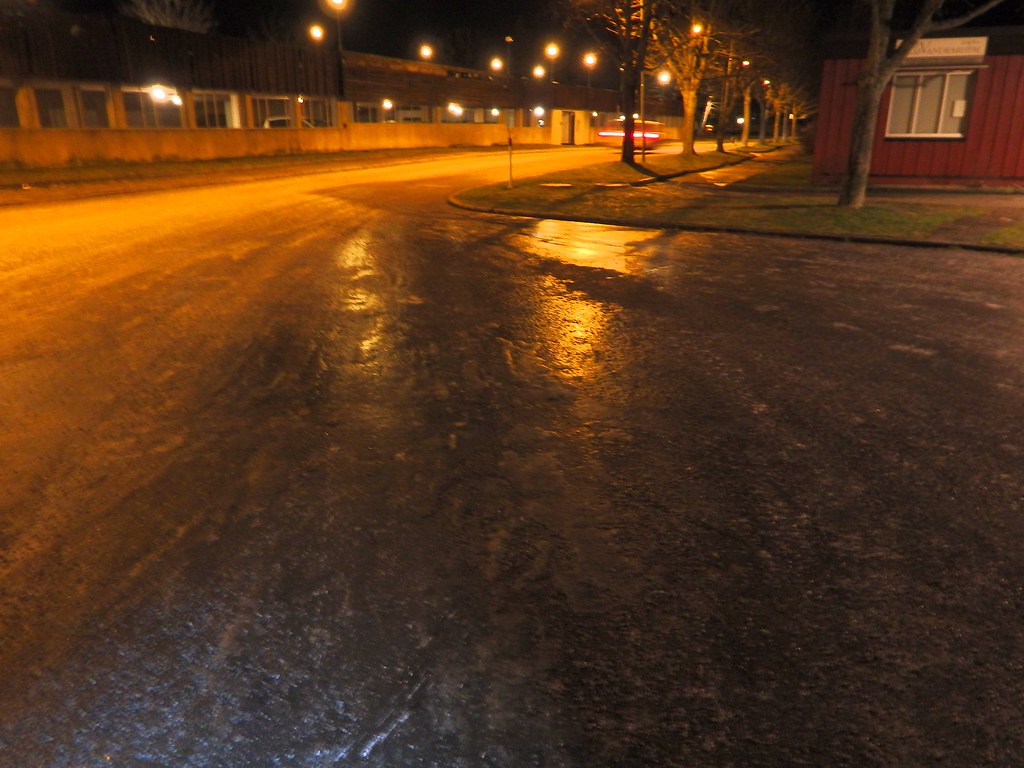Situation awareness and riding in icy conditions
Riding on ice isn't really dangerous, as long as one is aware of it and takes due care. A few of my colleagues heartily recommend the use of studded tires, but I've not really felt the need for them, as the roads and paths where I live and bike to are generally cleared up well. For my friends in India, it might seem strange when I tell them that I prefer the temperatures to stay below freezing, instead of fluctuating above and below 0 °C, but the reason for that is simple: when the temperatures are below freezing, fresh snow that's powdery and fine gets packed and firm, with passage of time and addition of further layers of snow. When the temperatures rise above zero, and then fall again below it, the snow first turns into slush, which is not very nice, and then, into ice, as it refreezes. Fresh/packed snow provides excellent cardio when biking through, and even slush isn't too bad, except perhaps for the bike itself, but it is ice that's the worst. While MTB tires are fat enough to ensure a wider contact with the road, they really can't grip the ice. This means that you can continue rolling on them, purely due to the combined weight of the rider and the bike and the large contact surface. This however can be assumed only on flat surfaces, and in higher gears. Inclines are better off being taken at higher gears, despite the greater workload, as lower gears cause slippage. The biggest difference between tires with studs and the non-studded ones is performance under braking/cornering; with non-studded tires, you simply can't afford to lock brakes, but need to mimic the ABS, with quick jabs and multiple applications of small braking inputs. This also means that you shouldn't be riding too fast in the first place, as you can't stop in time, if you need to.
Here's what ice on the road looks like. It can be far less visible and sometimes even has a thin layer of snow on top, hiding the ice from view completely.
Studded tires or not, the key to being safe on icy roads, is a solid Situation Awareness (SA). When you are focused and attentive, you can spot patches of ice quickly and in time for you to adjust speed, know not to brake etc, but the situation can turn quite dangerous otherwise. Today, I had my first ever fall from my bike due to icy conditions, and though it was probably the gentlest of falls, it served as a warning to me, to never lose situation awareness while on a bike. In summer, last year, I'd collided with a light pole after I got momentarily distracted by a misshifting gear. While I didn't do anything quite as stupid today, here's what happened. I needed a small bicycle tool (a spoke wrench) which I decided to pick up at the tool store nearby. I also planned to buy some groceries from the supermarket which was only a few meters away from the tool store. I had started and had barely covered some fifteen meters when I realized I had forgotten my backpack. Now, if I hadn't been distracted or preoccupied, I would have known that I was biking on ice and would have executed a slow and gradual turn. Instead, the fact that all of the snow had melted and refrozen into a tranparent sheet of hard to spot ice evaded my distracted mind and I executed a quick about turn, or tried to, anyway. The bike turned, but never stopped turning, till I hit the ground! Due to the extremely slow speed I was at, the only thing that was hurt was my ego, but I think it was a lesson well learned. I'll now try and be more alert than ever, when I'm on a bike!

